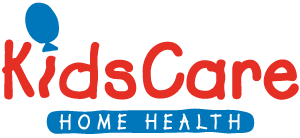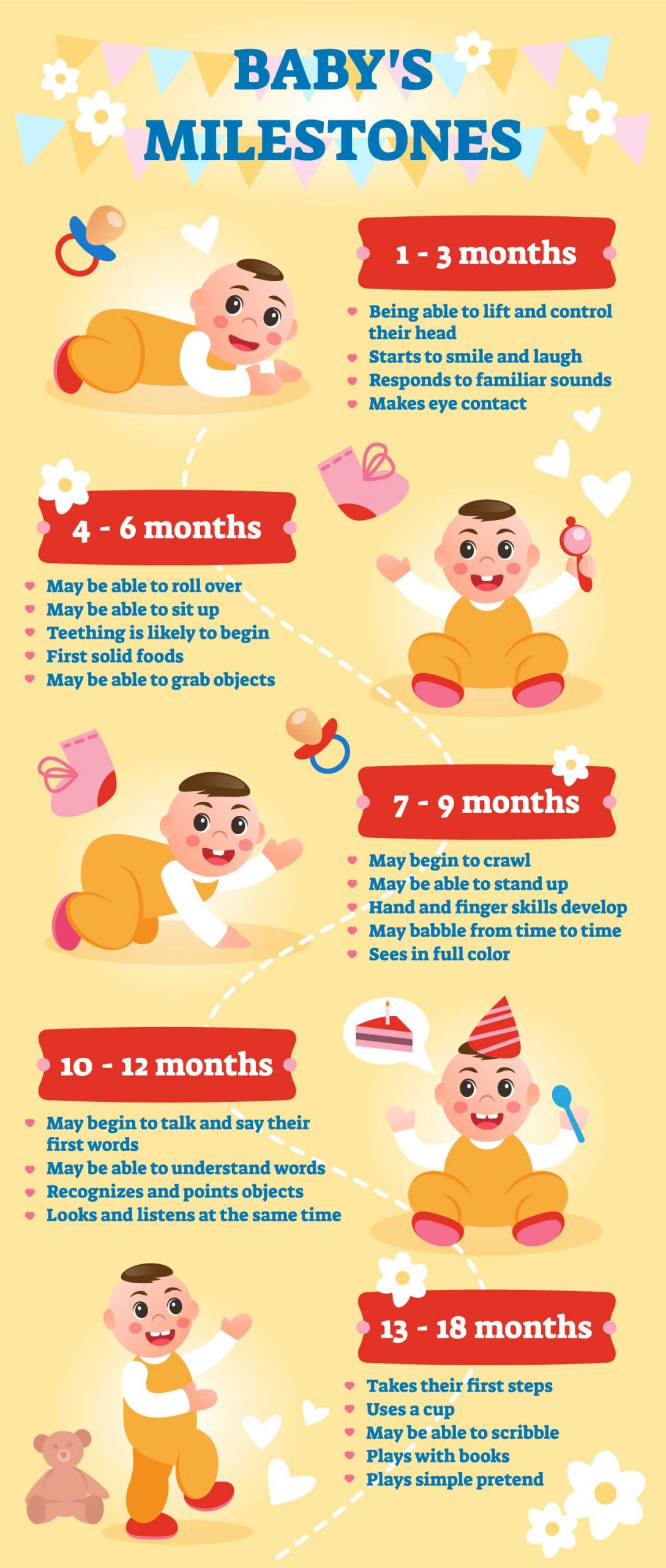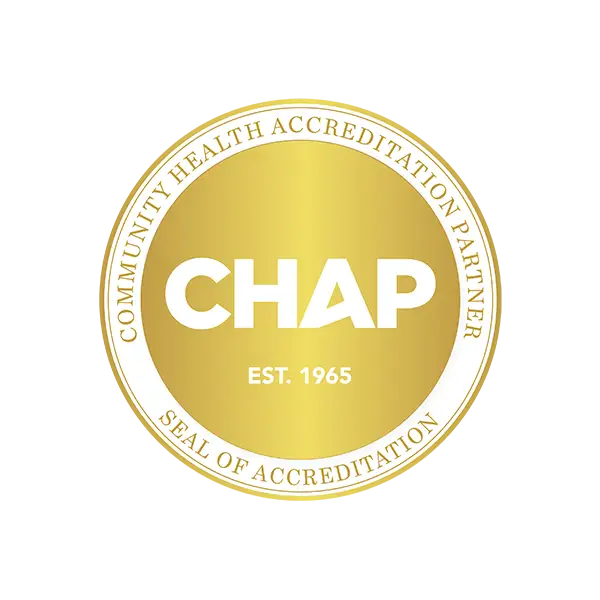
Physical Therapy for Infants – What to Expect?
Much of a baby’s learning in the first year happens naturally during your interactions: talking, reading, making faces, and other daily exchanges that may seem mundane. They’re not! Your baby learns and grows by watching and interacting with those around them.
Every interaction with your newborn helps lay the foundation for their development, including playtime. That’s right, playing (i.e., guided play) with babies helps them develop essential thinking, understanding, communicating, remembering, and imagining skills.
In this article, we’ll discuss the importance of cognitive development in infants, examine baby development milestones within the first twelve months, and provide examples of cognitive development activities for infants using simple household items.
The Importance of Infant Physical Therapy Exercises
A lot happens in the first twelve months of life, and watching a baby’s developmental milestones unfold as they learn and grow is exciting. However, babies need help developing their thinking and motor skills, which is why developmental activities for infants are so critical. Through these back-and-forth interactions, babies learn the essential nuances of language and nonverbal communication like facial expressions. Interactive developmental activities will also stimulate their brains and muscles to learn, experience their environment, and physically develop.
Baby Development Milestones by Month
It’s important to understand what to expect during infant developmental stages. However, it’s equally important to know that every baby grows differently, and your infant may take more or less time than others to hit a particular developmental milestone. Healthcare professionals provide expectations for baby development by month to help track a baby’s progress and identify areas needing professional assistance, like physical therapy for infants.
Following is a month-by-month overview of the cognitive and motor developments infants typically experience in the first year.
Month 1:
- Moves head from side to side during tummy time
- Strong grip
- Stares at hands and fingers
- Tracks movement with eyes
Month 2:
- Holds head and neck up briefly during tummy time
- Opens and closes hands
- Begins to play with fingers
- Smiles responsively
Month 3:
- Reaches and grabs at objects
- Grips objects in hands
- Makes cooing noises
- Imitates you when you stick out your tongue
Month 4:
- Pushes up on arms when lying on tummy
- Grabs objects and holds them
- Laughs out loud
- Enjoys play and may cry when playing stops
Month 5:
- Begins to roll over in one direction or another
- Begins to learn to transfer objects from one hand to the other
- Blows “raspberries” (a.k.a., spit bubbles)
- Reaches for mommy or daddy and cries if they’re out of sight
Month 6:
- Rolls over both ways
- Uses hands to “rake” small objects
- Babbles
- Recognizes familiar faces, such as family, caregivers, and friends
Month 7:
- Moves around and starts to crawl, scoot, or “army crawl”
- Is learning to use thumb and fingers together
- Babbles in a more complex way
- Responds to other people’s expressions of emotion
Month 8:
- Sits well without support
- Begins to clap hands
- Responds to familiar words, like their name
- Plays interactive games like peekaboo
Month 9:
- May try to climb/crawl upstairs
- Uses the pincer grasp – thumb and forefinger
- Learns object permanence – that something exists even if he can’t see it
- May experience heightened stranger anxiety
Month 10:
- Pulls up to stand
- Stacks and sorts toys
- Waves bye-bye and/or lifts arms up to communicate “up”
- Learns to understand cause and effect (i.e., “I cry, Mommy comes”)
Month 11:
- Cruises, using furniture for balance
- Says “mama” or “dada” for either parent
- Turns pages while you read
- Uses mealtime games (dropping spoon, pushing food away) to test your reaction; expresses food preferences (things can get messy!)
Month 12:
- Stands unaided, may take first steps
- Plays imitative games such as pretending to use the phone
- Helps while getting dressed (pushes hands into sleeves)
- Says an average of 2-5 words
It’s very important to remember that every baby develops at its own pace. Although these are standard expected milestones within the first year of a baby’s life, there’s a reasonably wide window for reaching a particular developmental stage.
Be patient and continue to interact and play with your infant daily, including age-appropriate activities for infants that support cognitive and motor skill development. These activities are simple and can involve regular household items – like a box!
Physical Therapy for Babies Using a Box
It’s amazing how much use you can get out of boxes before throwing them away. In this section, we’ll share how to use empty boxes to create fun developmental activities for infants. Each “game” below nurtures both cognitive and motor development in infants. Although they may seem like silly games, these activities help the baby grow!
Once you have demonstrated the box activity, practice it regularly with your infant. Like any new skill, they will eventually learn what it means and how to do it. These simple activities demonstrate cause and effect while encouraging physical activity and motor skill development.
Piling Up Boxes
This game works best with smaller boxes, like jewelry or soap boxes. Help your baby stack them up and then show them how to knock them all down. Let them do this independently as much as possible, providing guidance and support when needed.
Unwrapping Boxes
Wrap boxes with colorful paper and demonstrate how to unwrap the paper to reveal the box, then let them do it on their own.
Playing Peek-a-boo
During tummy time, hide behind a box and peek around it for a fun round of peek-a-boo.
Reaching & Grasping
Decorate boxes with bright colors and shiny details so they look fun and appealing. Place the box or boxes just out of reach during tummy time and demonstrate how to reach for them and touch/grasp them.
Playing Where Did It Go?
Gather items that interest the baby and hide them in the box or boxes, then show how opening or lifting the box reveals what is inside or underneath.
Interacting and playing with your infant during the first 12 months is essential to development. From cognitive activities for infants like Where Did it Go? to physical developmental activities for infants like Reaching & Grasping, these age-appropriate activities for infants will help lay the foundation for future growth and development.
As you explore with your child in the first twelve months, communicate with your healthcare provider about the progress. Together you can determine if your baby is developing normally or if there is an area where additional assistance is needed.
If your baby needs infant physical therapy, contact the caring professionals at KidsCare Home Health. We’ve provided pediatric home health care to families across the country for over thirty years, including pediatric and infant physical therapy, speech/language therapy, occupational therapy, and skilled nursing.

















